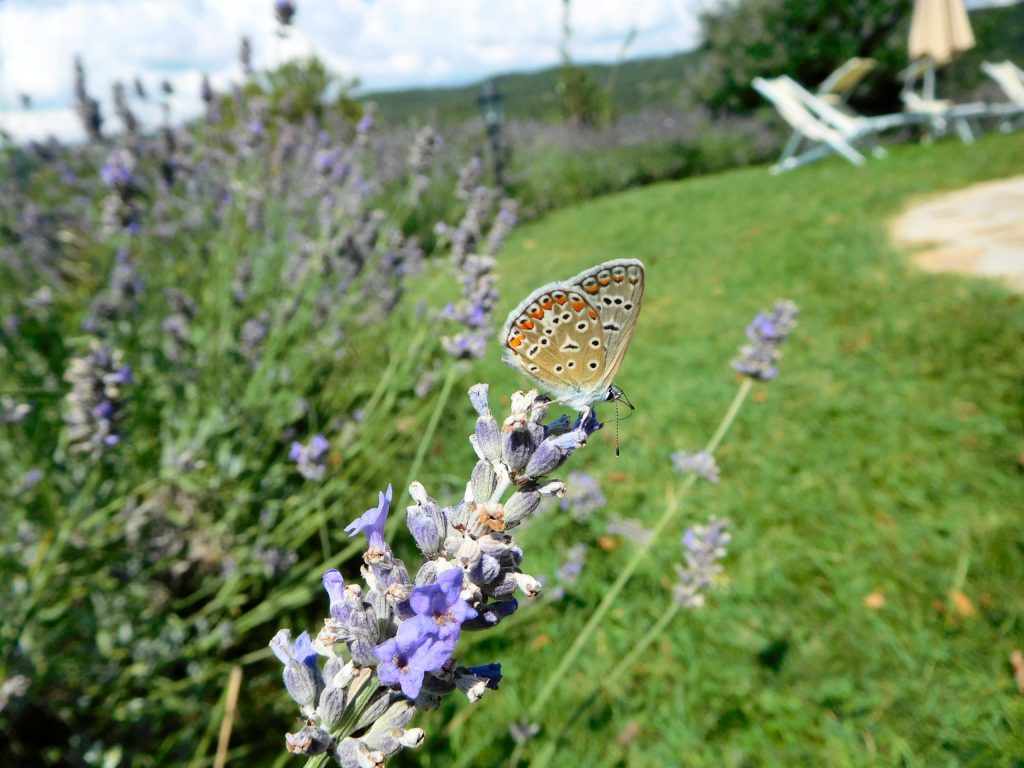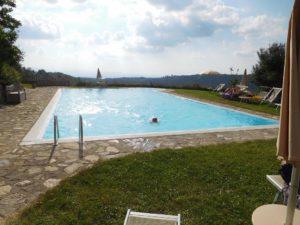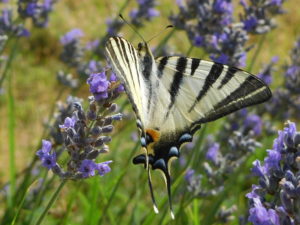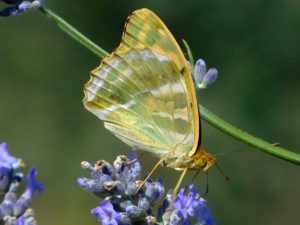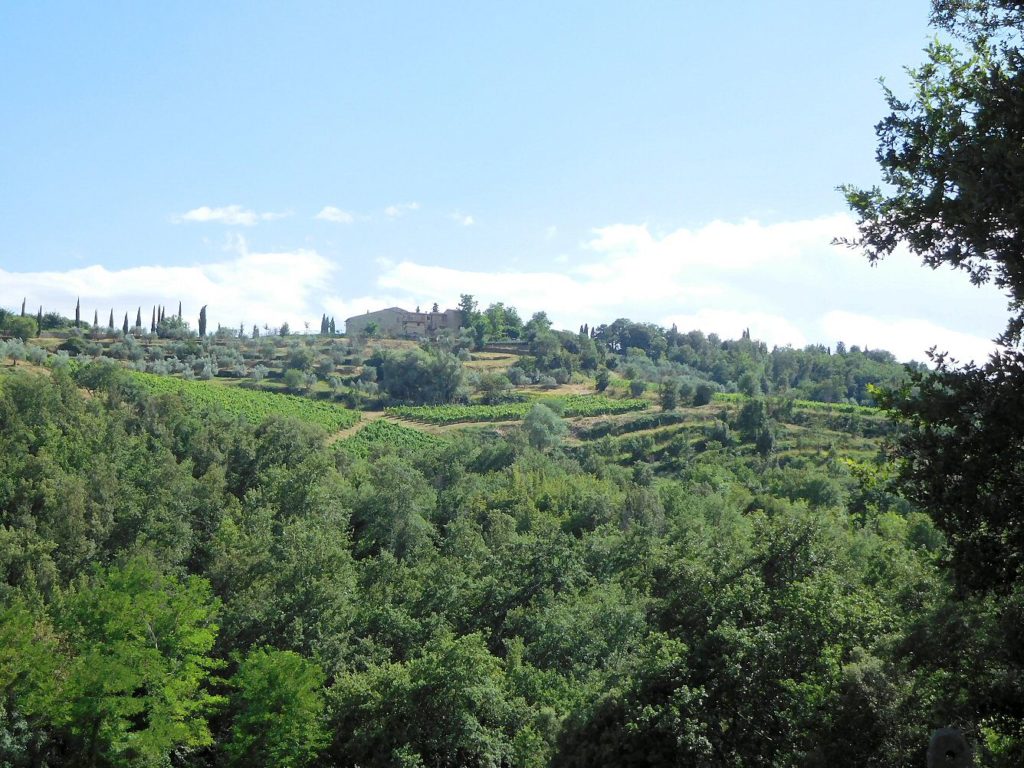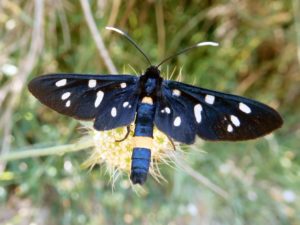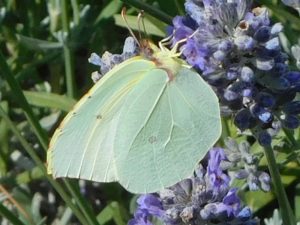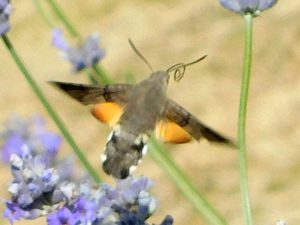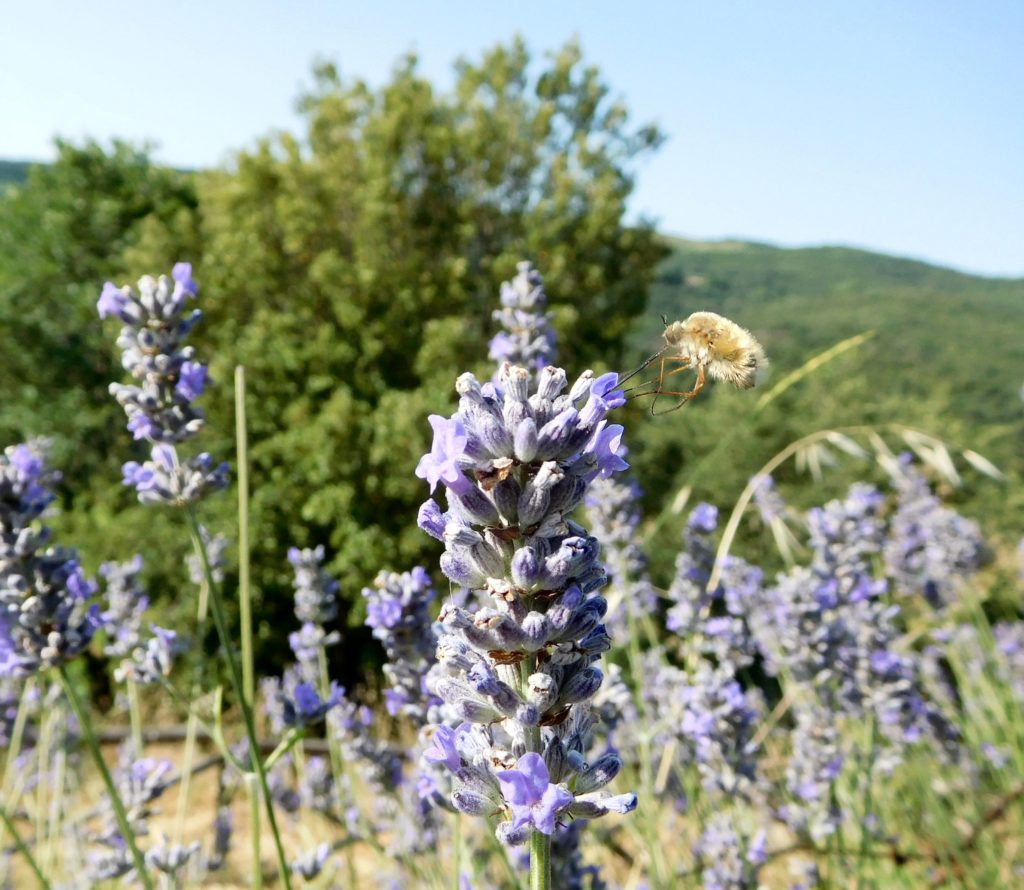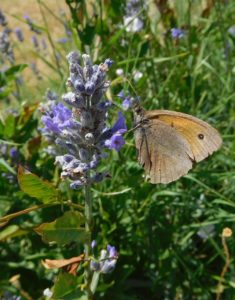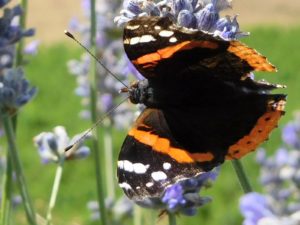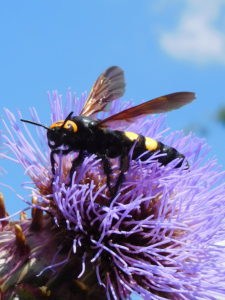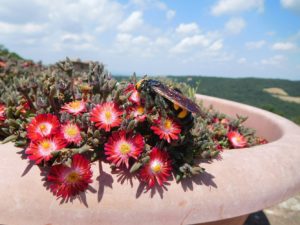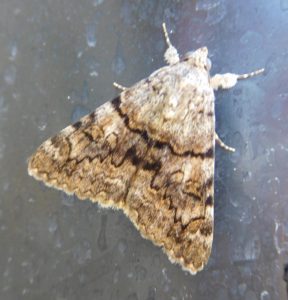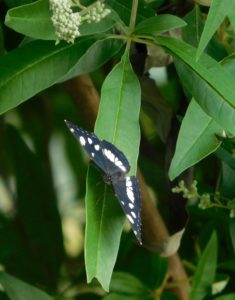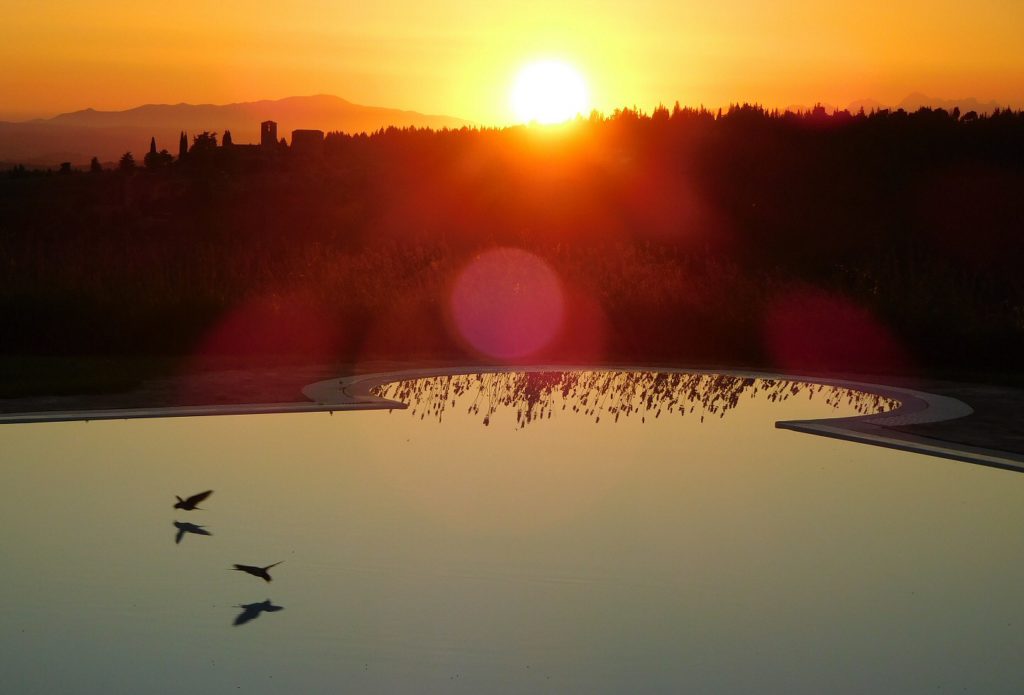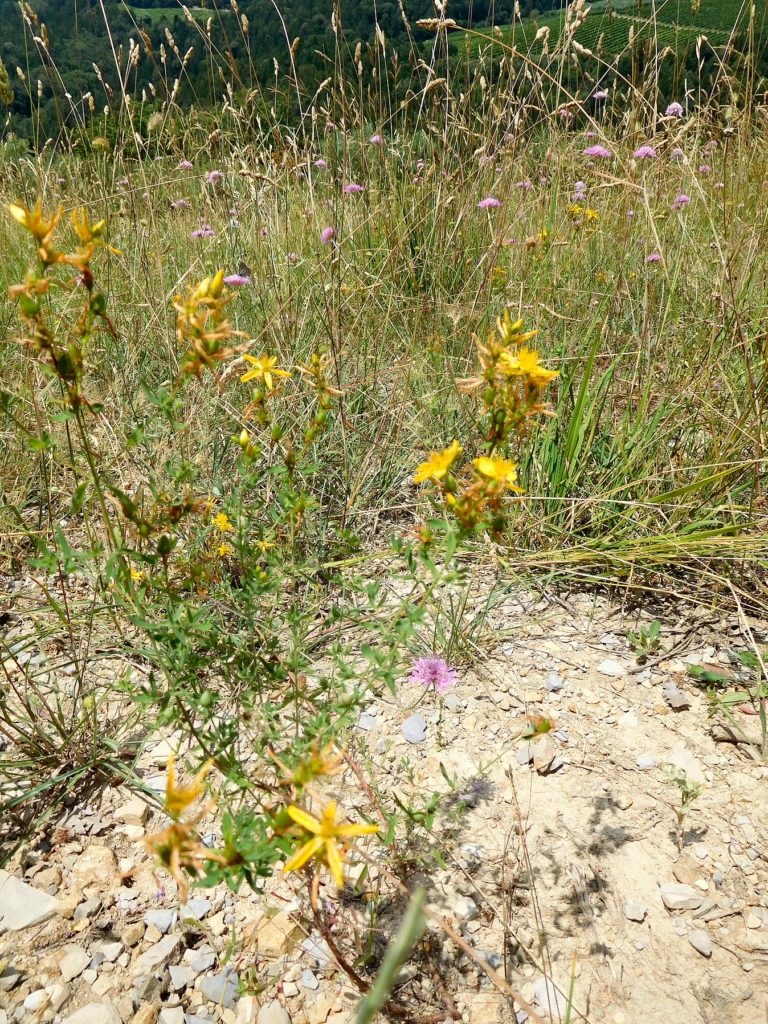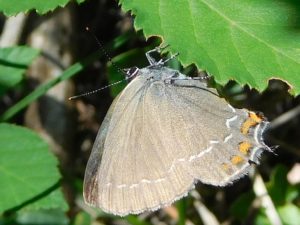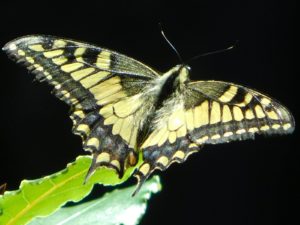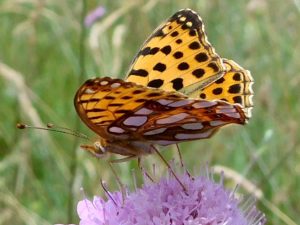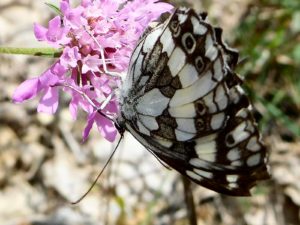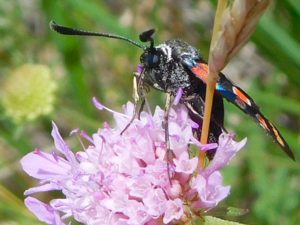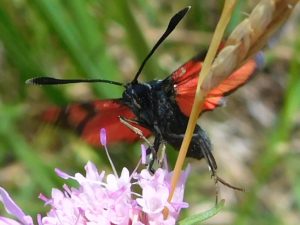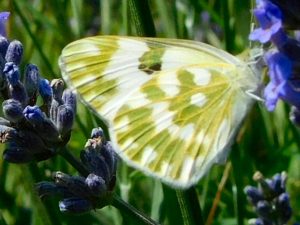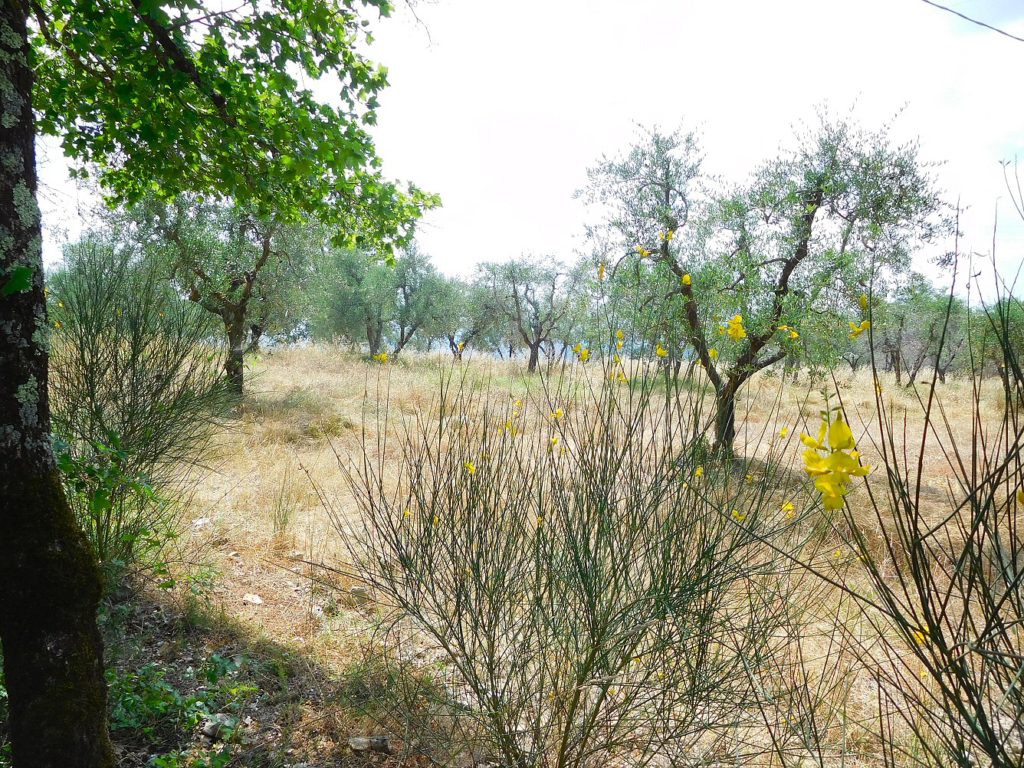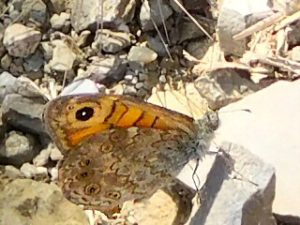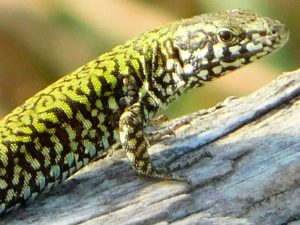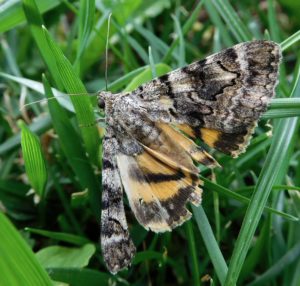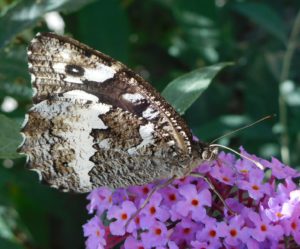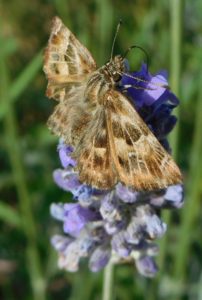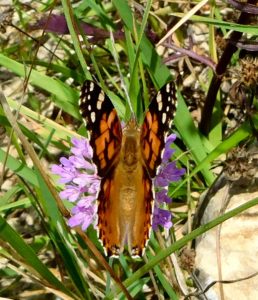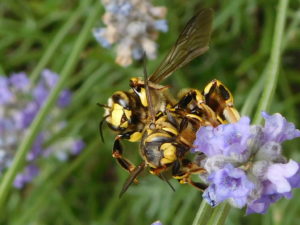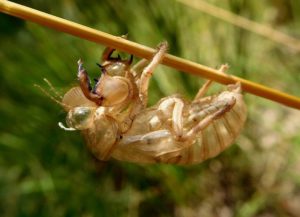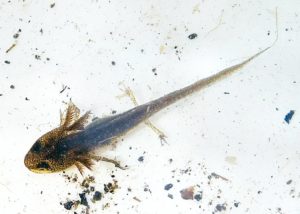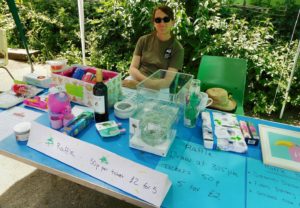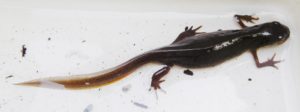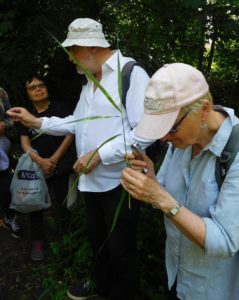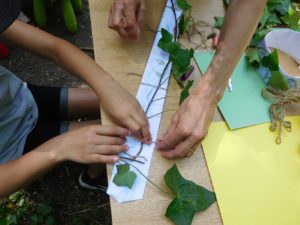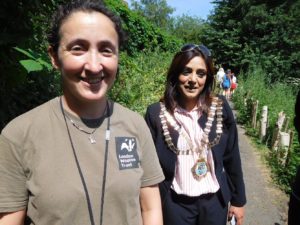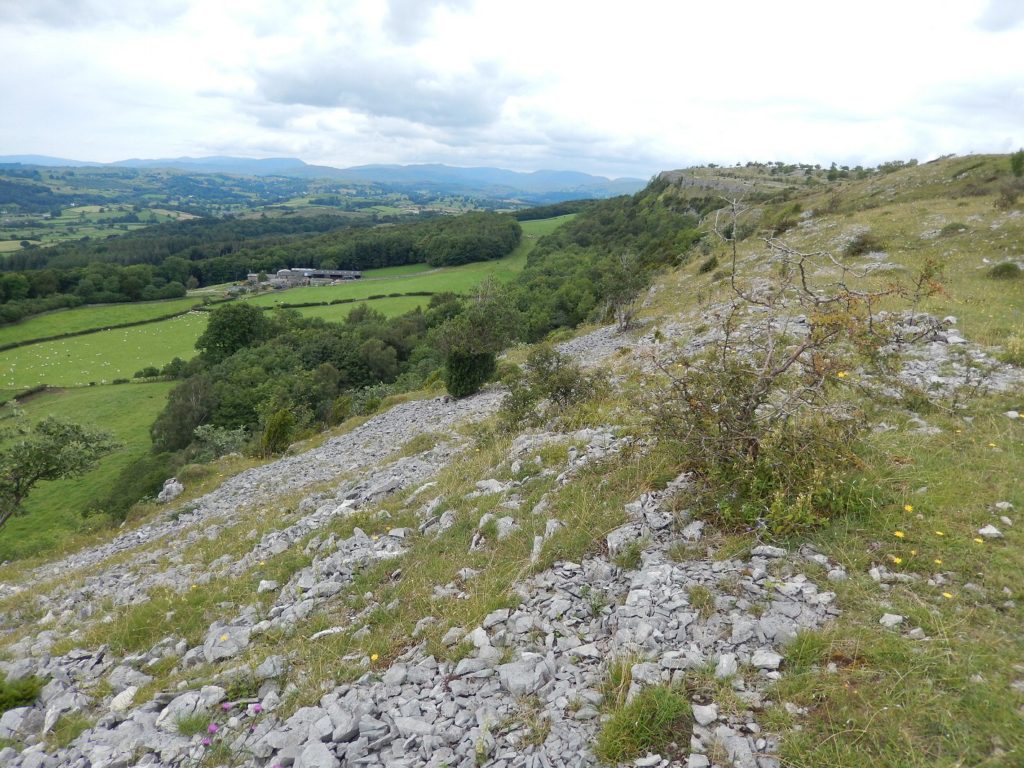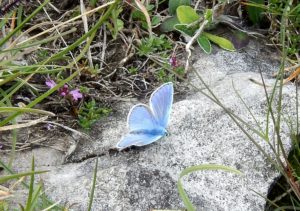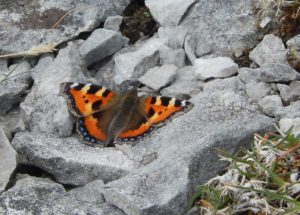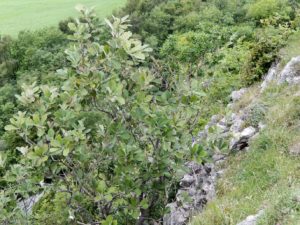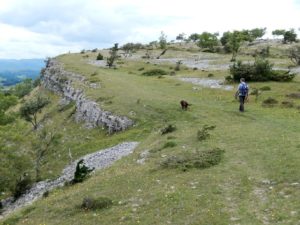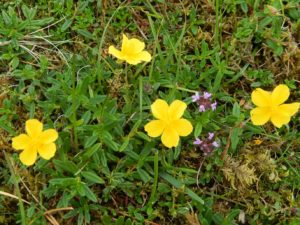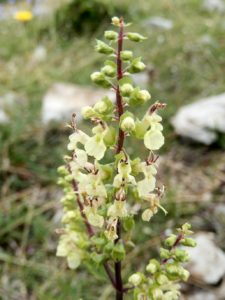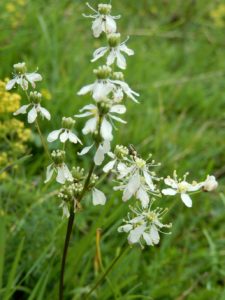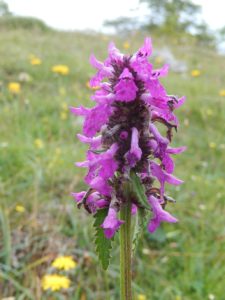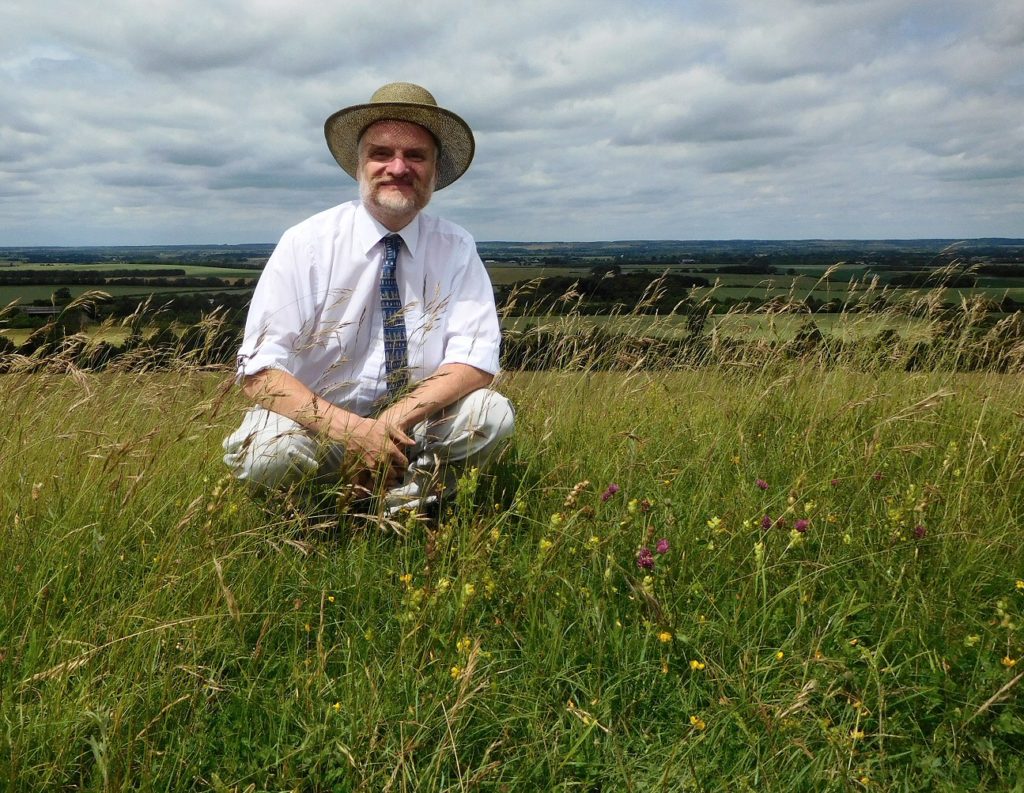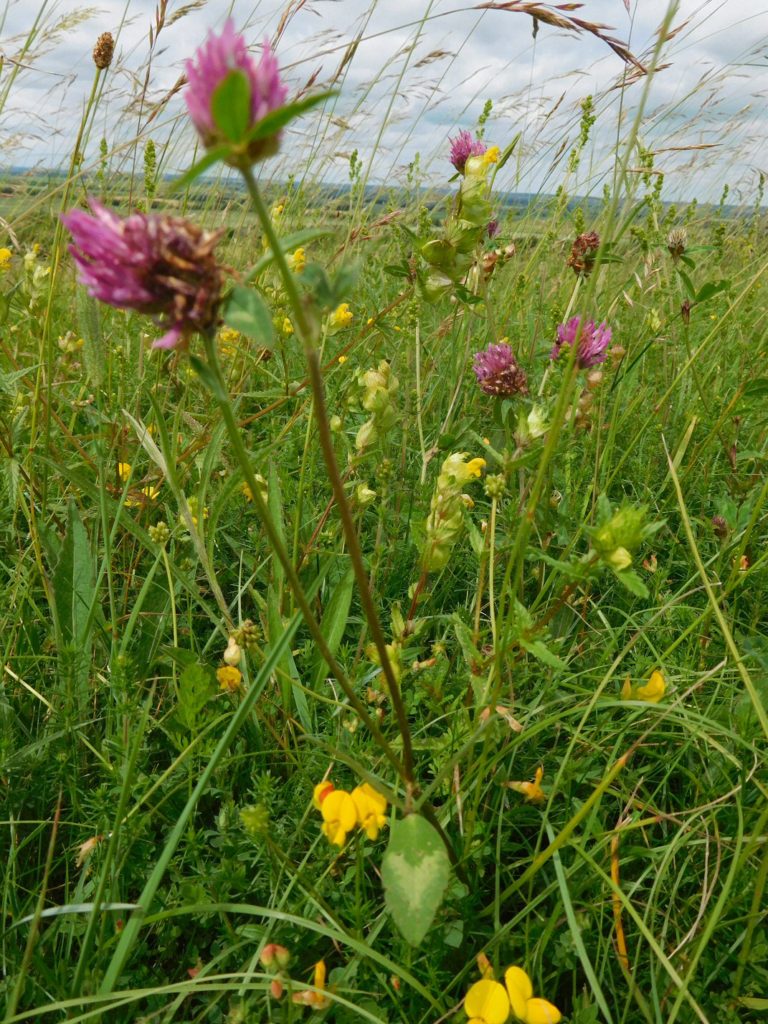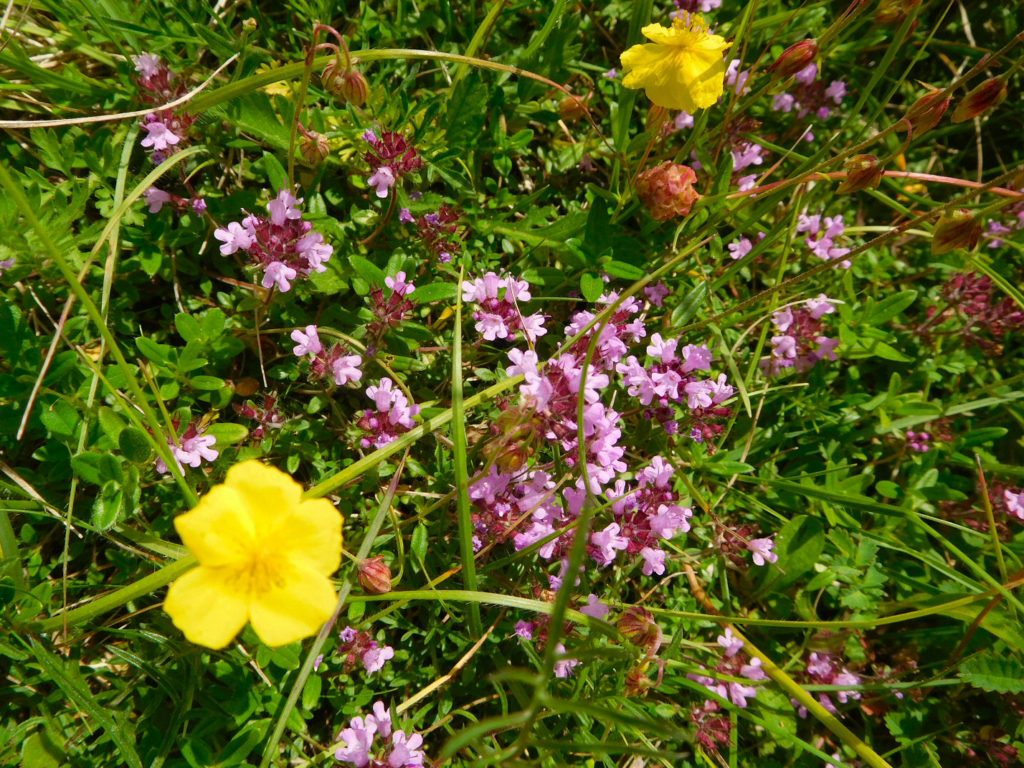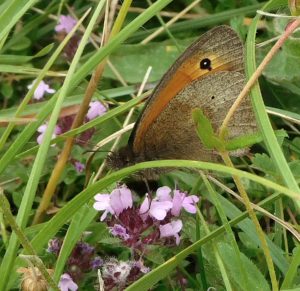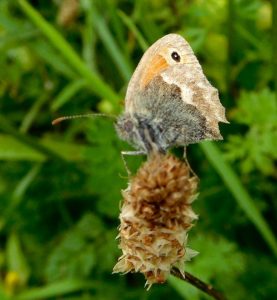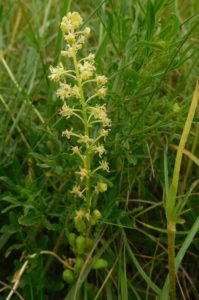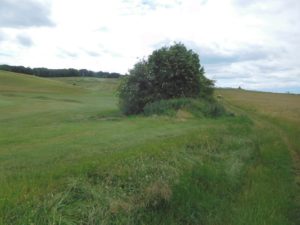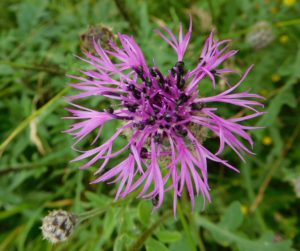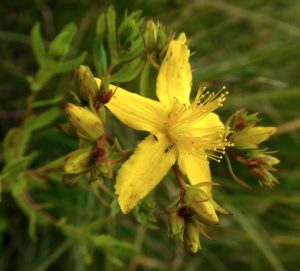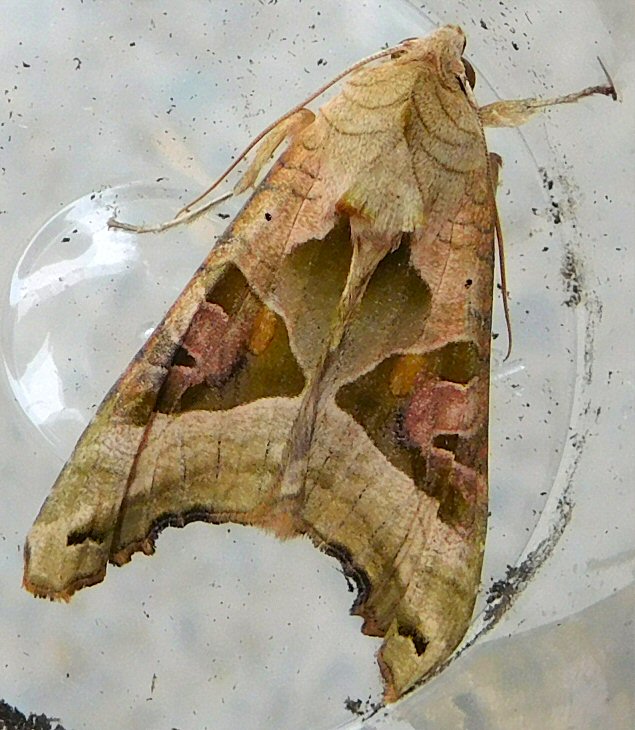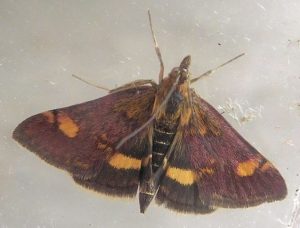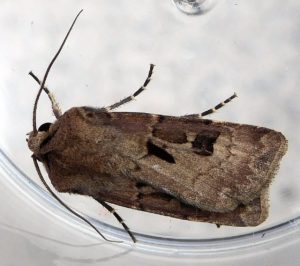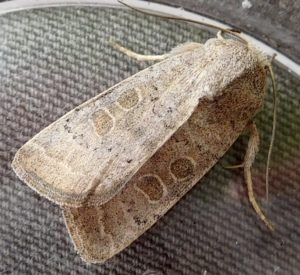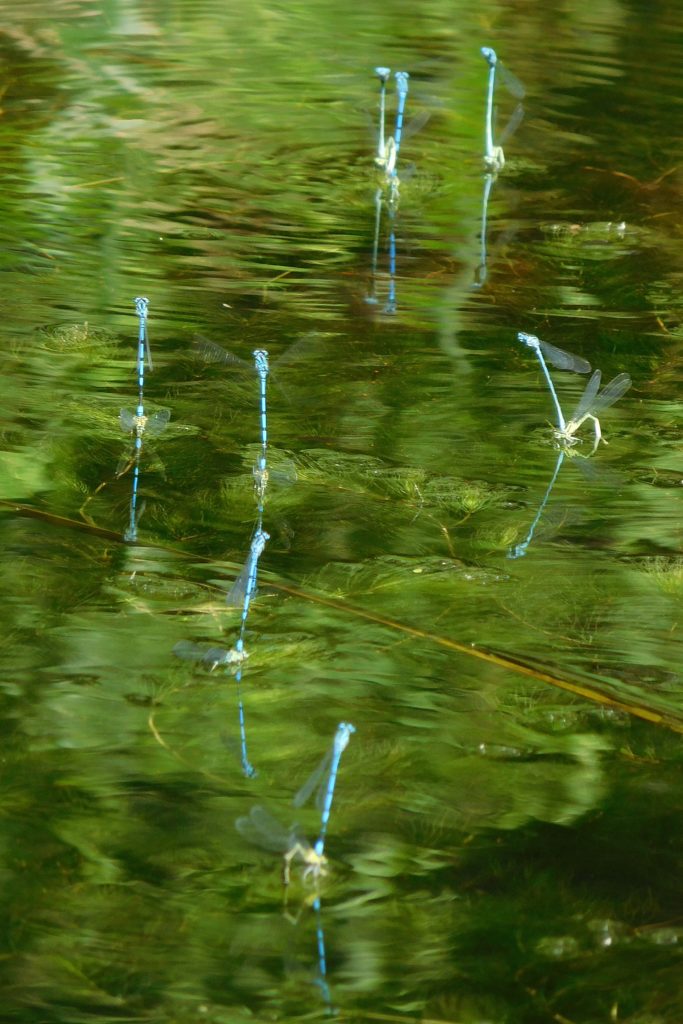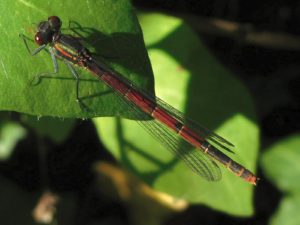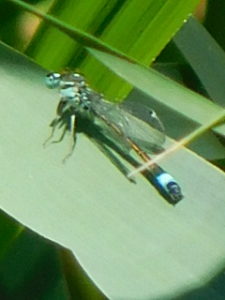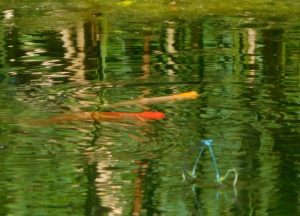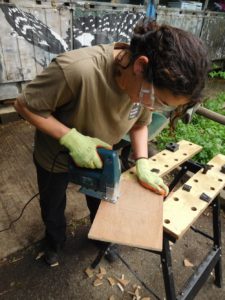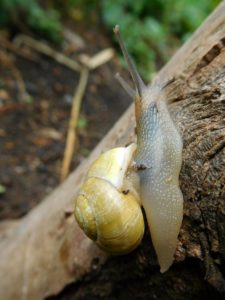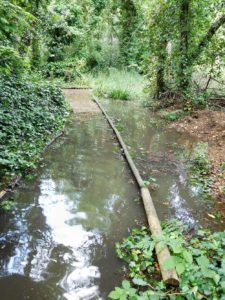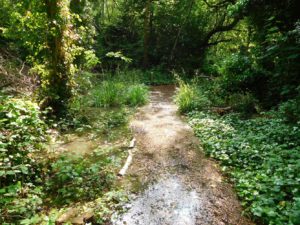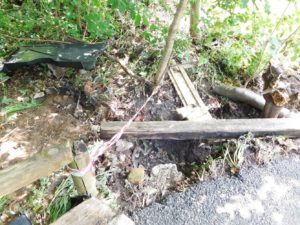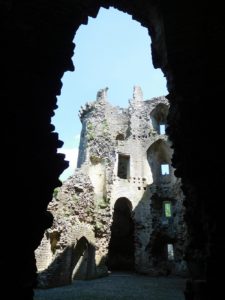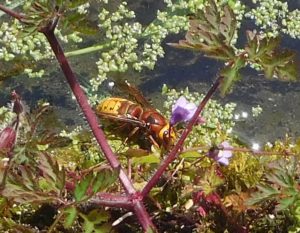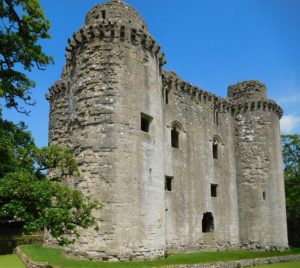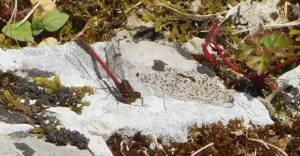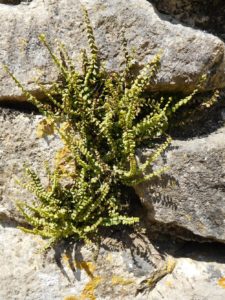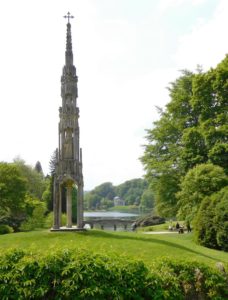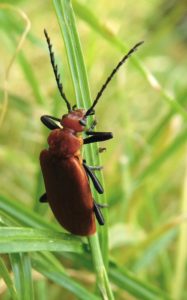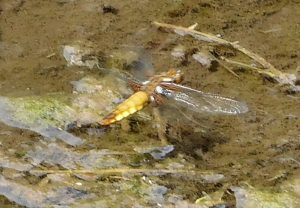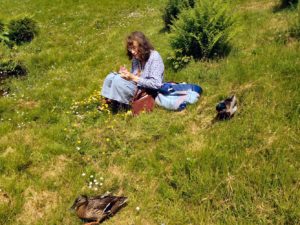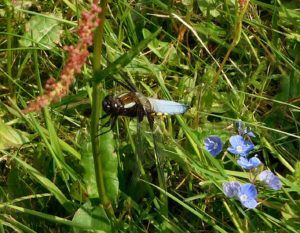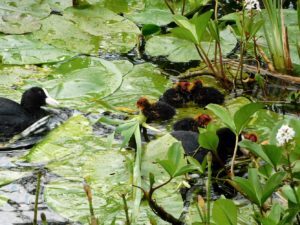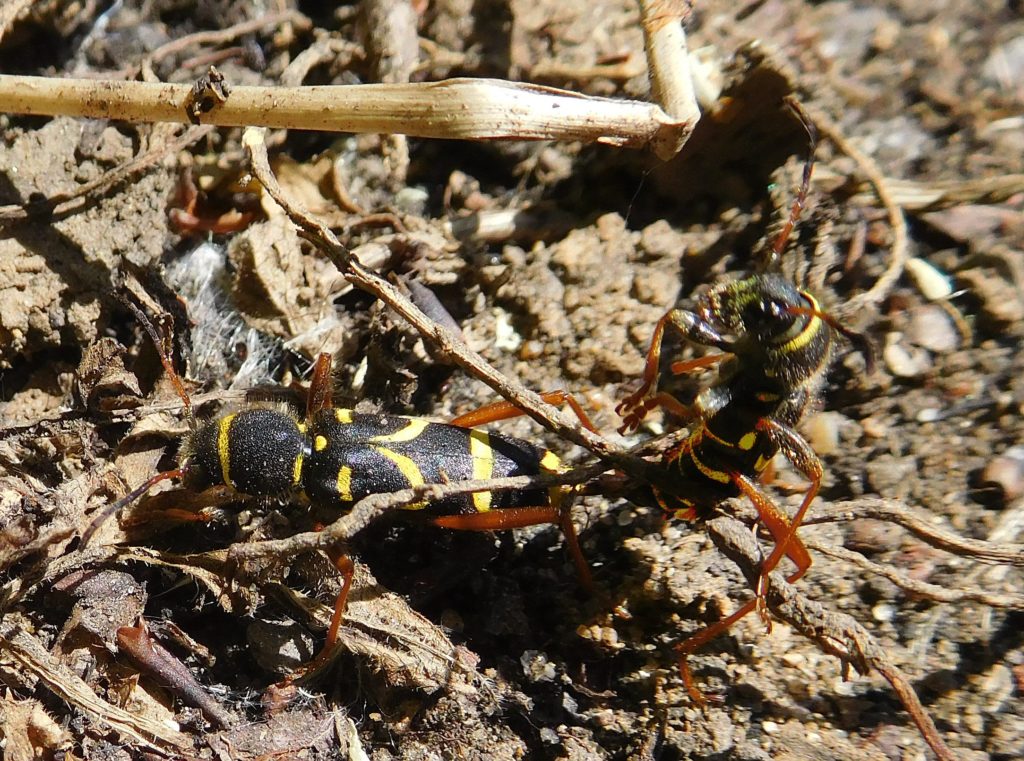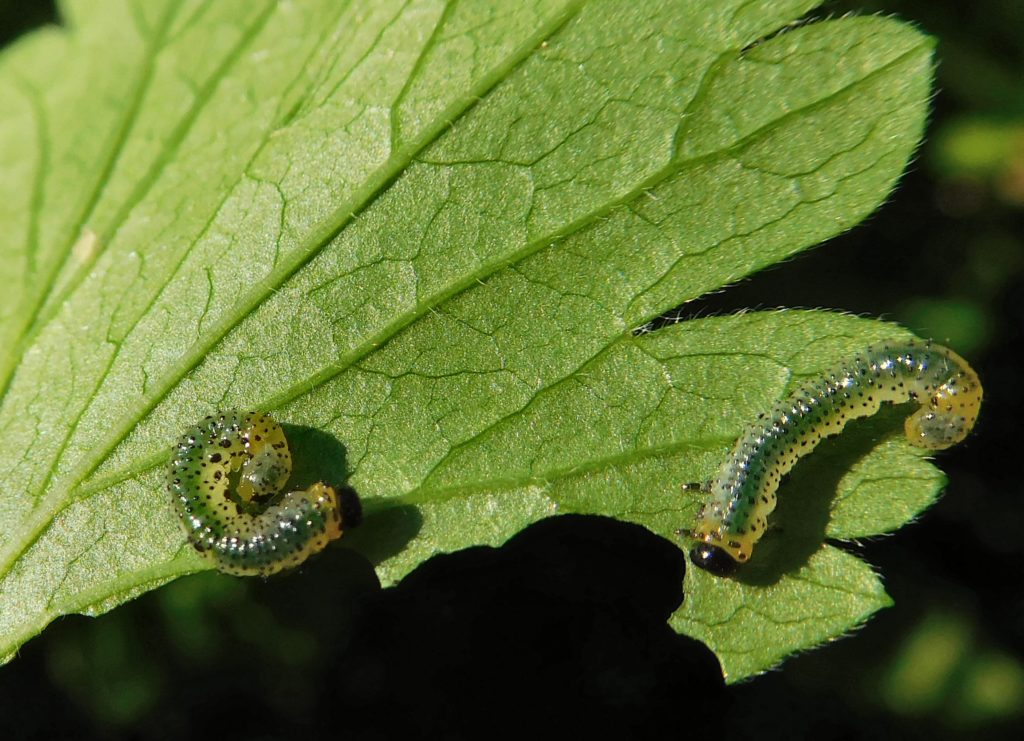What’s the best way to tell a lie? Mix it with a bit of truth.
In my previous post, I mentioned the creeping threat of development to nationally important places for nature like Lodge Hill.
On one side, is some target for new homes; on the other, irreplaceable resources for education, scientific study, recreation, and last but not least, some very special species and some increasingly rare habitat.
Michael Gove wants to put into law the idea that every bit of nature has a price (“natural capital”). That means that anything can be destroyed, just by putting together some swift and specious spreadsheet that indicates some “mitigation”, as if you could mitigate the loss of Britain’s nightingales by digging a pond and planting a couple of trees in a housing estate somewhere: if the pond is worth £1000 and the trees £100 each, then they mitigate the loss of 12 nightingales at £100 each.
The hell they do, it’s utter nonsense, and dangerous too.
For the spreadsheet-minded, consider this: each thing is an independent variable – how many swallowtail butterflies are there? How many lizard orchids? How many primroses? How many wildcats? Oh, but you’d like to add them all together to get one number? Well, you can’t, they don’t fit on one axis of a graph: each species, each landscape, each ecosystem is a separate thing, and its loss is a disaster, pure and simple. You can’t add apples and oranges, or chalk and cheese. Giving each one a “value” and then discounting it and fiddling about with a spreadsheet is just dishonesty masquerading as caring.
And another thing: saying look, here’s a bit of heritage, a nice National Trust country house with a gracious park: that’s another form of the same disaster. Because, now you’ve got a bit of Heritage, yeah. So you can trash the towns and countryside and villages for miles around the Heritage, because you’ve Done Your Bit, you’ve Conserved your Heritage, it’s All Right to trash everything else because your spreadsheet shows that you’ve mitigated the loss with your bit of conservation. The hell you have, it’s smoke and mirrors. Trashing a thousand-year-old landscape and townscape is wickedness and folly: once you’ve done that, it’s gone for ever, and what will your spreadsheet get in return? A tick in a box, instantly to be forgotten.
And what do we, the public get? Cheated. Lied to. We and all future generations deprived of contact with nature, beauty, wildness, life.
And you say that’s ok because you mitigated it by landscaping the new housing estate. You’re a liar, and you know it.
